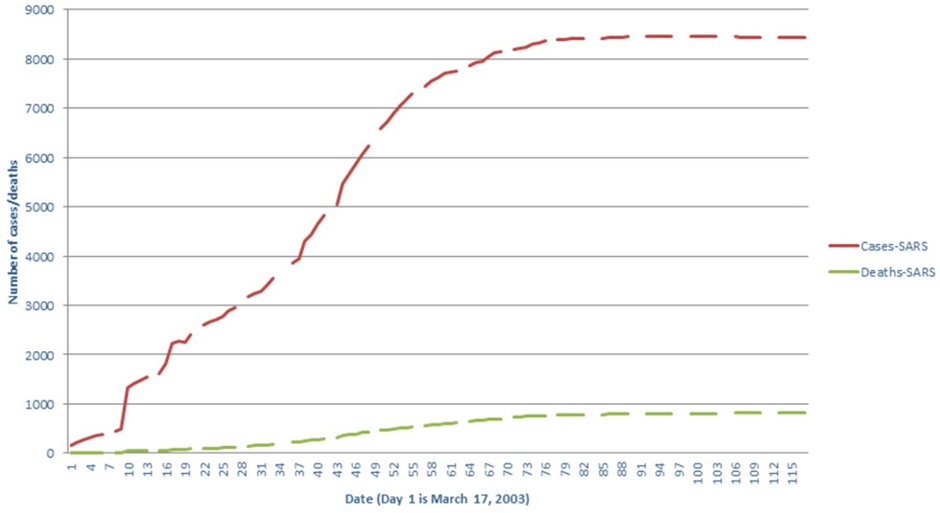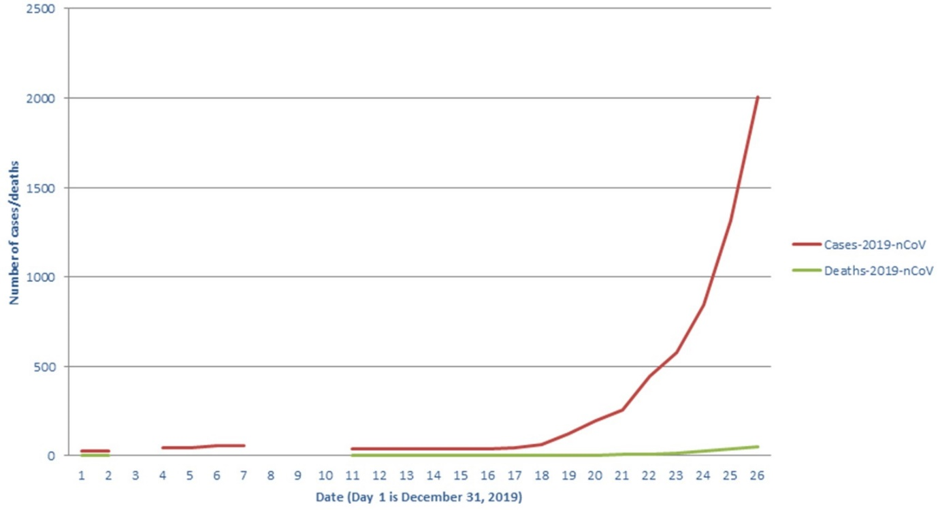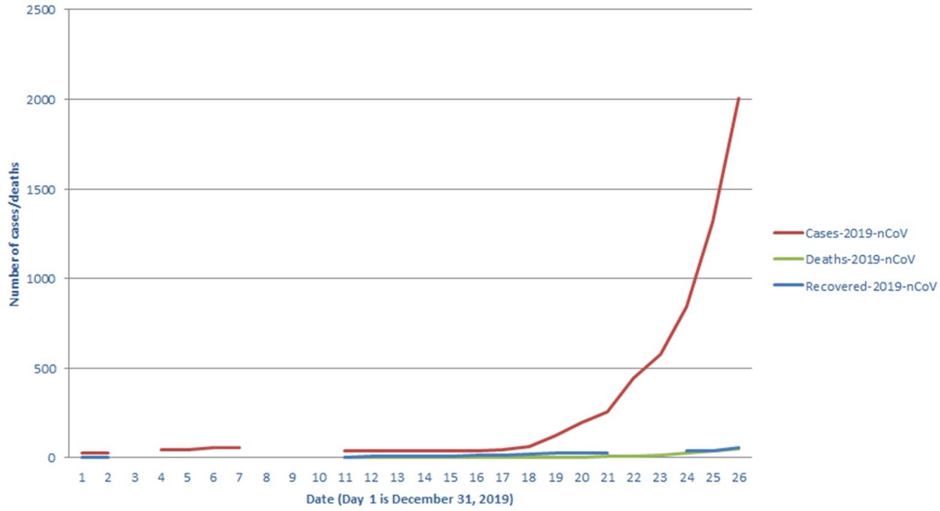In the last few days, the publicity of the current Coronavirus flu in Wuhan, China has encouraged investors to buy glove stocks aggressively. As a result, all the glove stocks are beginning to shoot up like rockets. This reminds me of my last experience in buying Supermax so aggressively during the SARS outbreak. When I became the 2nd largest shareholder, Supermax CEO Dato Seri Stanley Thai invited me to visit their factories in Sg Buloh, Selangor and to meet their management team.
The share price of Supermax shot up more than 300% within a few months. During that period, investors could read financial analysis of Glove stocks every day and hear news about SARS on the TV, Radio. Even the health ministry had installed equipment to detect body temperature at airports and train stations. By that time the daily traded volume for Supermax was several millions shares. As soon as I saw the removal of the temperature detection equipment from the airport and train stations, I sold all my holdings within 3 days by my nephew remisier Ricky Kon of TA Securities Bhd.
My purpose of writing this piece is to warn investors to be more careful because the Coronavirus is not so serious as SARs and I am very confident that China can prevent the spread of the flu and will soon find a solution to resolve the problem.
Coronavirus versus SARS: How similar are they?
Originating from what experts believe was a seafood market in Wuhan, China and spreading across the globe, the ongoing novel coronavirus outbreak looks a bit like SARS in 2003. Many people have described this new type of coronavirus as "the new SARS" or "evolved SARS." Though they are not accurate descriptions, the fear of the new disease is obvious.
Latest news: According to CGTV news last night, there were about 2000 cases and 64 people died in Wuhan and a few died outside Hubei Province in China. Up till now, no one died from Coronavirus flue outside China. But how bad is the novel coronavirus compared to SARS? Let's look at some of the comparable parameters.
Numbers tell?
Statistics can be a good way to understand the spread of a disease. Though not completely reliable, it can still give us useful insight. Luckily, we have official data from health commissions in China for the new virus and data from World Health Organization (WHO) for SARS.

According to WHO, more than 8,000 people were infected by SARS during the whole outbreak and about 800 died. That means roughly one in 10 SARS patients were killed by the disease. The increasing speed of the numbers was fast for the first two months and then slowed down for a month to a near-stop status.

The novel coronavirus outbreak, comparably, is still in its initial stage of rapid growth. Another thing we can notice is that the 2019-nCoV spread relatively faster than SARS during the first 2,000 infections. It took 2019-nCoV five days to grow from 500 to 2,000, while it took SARS a week to do the same. The good news is, 2019-nCoV seems to be not as lethal as SARS. As of January 25, the mortality rate was a bit less than 5 percent, only half the SARS rate.
After comparing the spread of the diseases, let's go examine patient recovery numbers.

As the data shows, the number of patients who recovered during the SARS outbreak is much higher than what we currently see for the novel coronavirus, which has been flat. However, this comes with the caveat that the novel coronavirus outbreak is still in its initial stages.
This signals danger as patients in Wuhan could face a tougher recovery than those who had SARS. As of January 25, there is no cure for the novel coronavirus. Though some anti-HIV drugs could be helpful, the ability to recover seems to depend mainly on the strength of a patient's immune system. There is also no cure for SARS. Supportive care is the main way to help patients recover.

As the data shows, the number of patients who recovered during the SARS outbreak is much higher than what we currently see for the novel coronavirus, which has been flat. However, this comes with the caveat that the novel coronavirus outbreak is still in its initial stages.
This signals danger as patients in Wuhan could face a tougher recovery than those who had SARS. As of January 25, there is no cure for the novel coronavirus. Though some anti-HIV drugs could be helpful, the ability to recover seems to depend mainly on the strength of a patient's immune system.
There is also no cure for SARS. Supportive care is the main way to help patients recover.
What the WHO says
The WHO announced a global outbreak when SARS came. But this time the organization said it will not issue a same announcement for now. WHO's Emergency Committee had an emergency meeting on January 22 and decided not to announce a "Public Health Emergency of International Concern (PHEIC)" for the time being. But at the same time, the organization also decided to actively coordinate research of the virus among countries. In conclusion, the WHO doesn't think the new virus is as serious as SARS for now. But they are monitoring the situation.
https://klse.i3investor.com/blogs/koonyewyinblog/2020-01-27-story-h1482954310-Glove_Stocks_To_speculate_or_not_Koon_Yew_Yin.jsp
